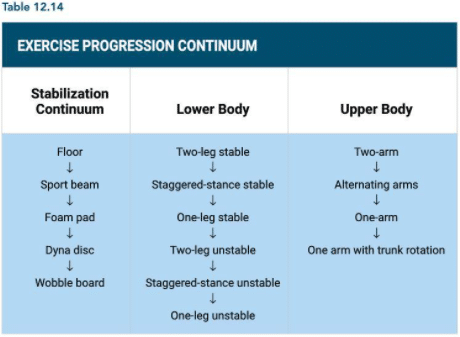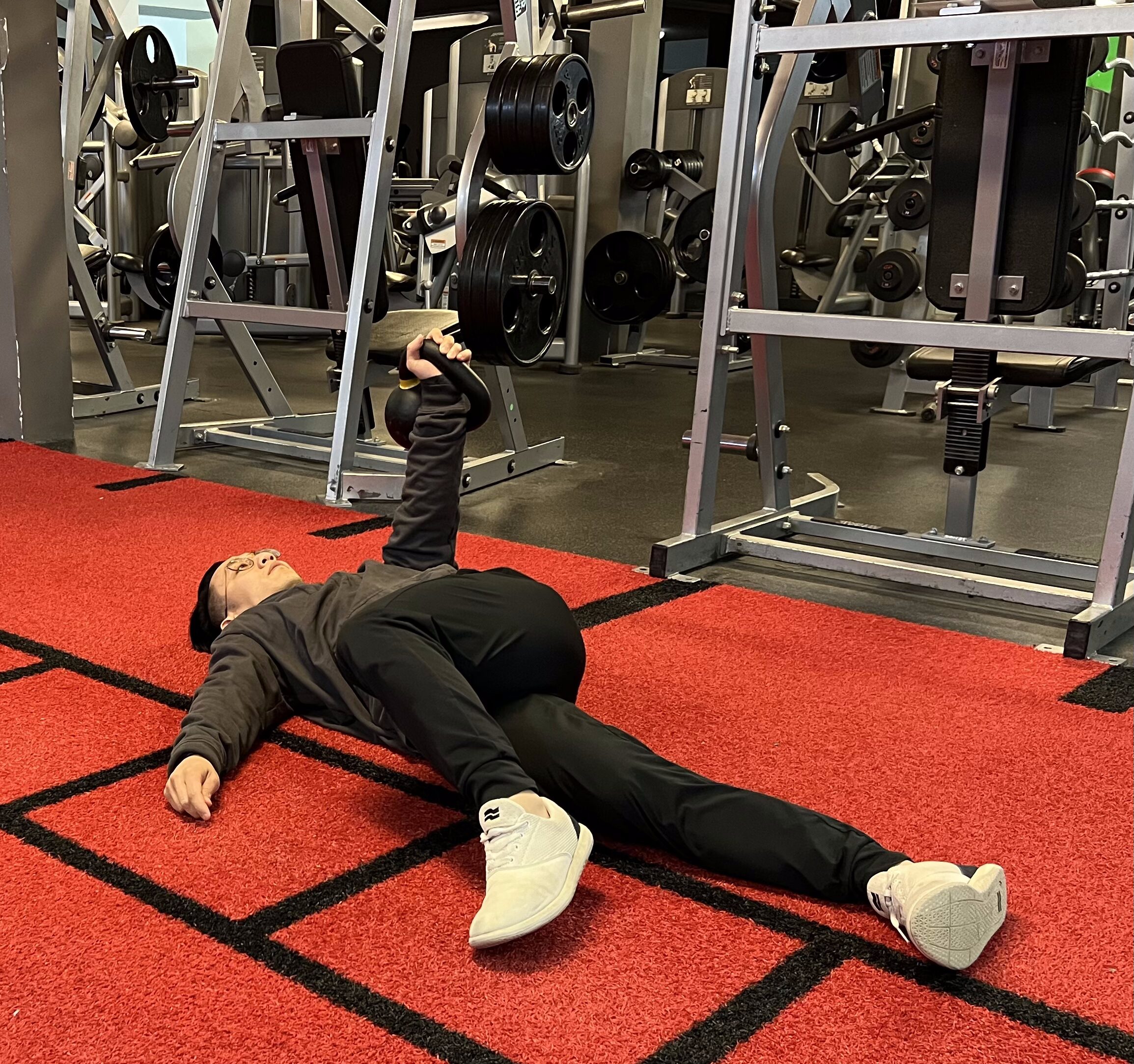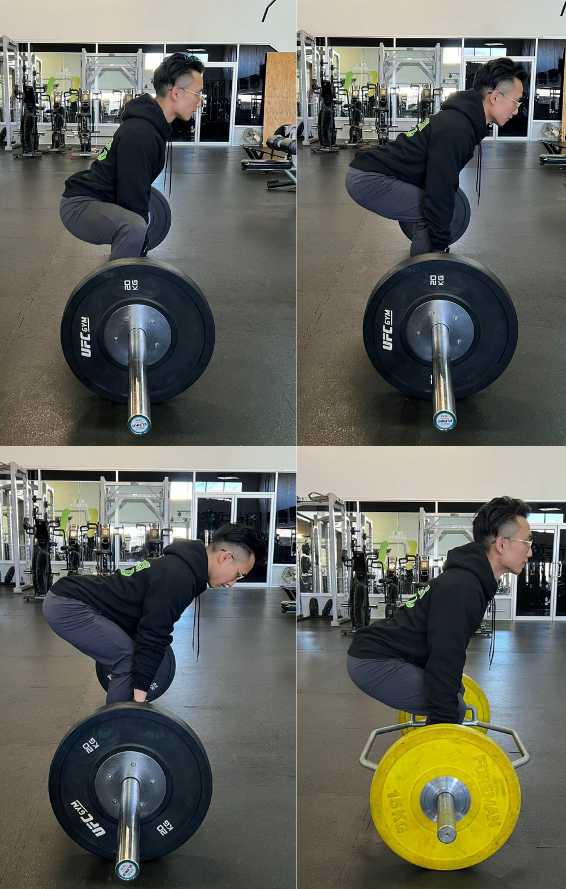December 1, 2021
Balance Exercises EVERYONE Should Master
Rationale for Balance Exercises
Balance training is one of the most underrated modalities of a training program. Balance exercises are often used as a reactionary measure (to someone who has experienced an injury from a fall) rather than for the host of benefits they provide.
I tend to work with clients over the age of 60, on medications and have multiple injuries or joint replacements. So, I tend to use balance exercises with my clients for preventative reasons, to help protect them from falling. Balance training extends its benefits to the athlete, where high velocity and large forces are often managed over a single base of support at a time (sprinting, cutting, etc.). It stands to reason that if balance exercises benefit the elderly, who tend to have sensory deficits, and the athlete, who constantly calculates a tremendous volume of sensory information, individuals in between those points of the spectrum can also benefit.
And they do. The National Academy of Sports Medicine states that “inefficient neuromuscular stabilization leads to abnormal stress throughout the Human Movement System.” In this statement, “neuromuscular stabilization” means that the brain (neuro) controls the subtle active and passive movements (muscular) to maintain a position of minimal movement (stabilization). What this means to the ‘tone and firm’ or ‘I just want to be healthy’ crowd is we can optimize force production (strength) and fatigue resistance (endurance) by using balance exercises as a regular part of the training program.
If you don’t know where to start, here are three balance exercises that EVERYONE should master.
Step-Up to Balance
The Step-Up to Balance is one of the balance exercises that I also use as a movement assessment. It’s an exercise that we use in real-life daily (walking upstairs and hiking, to name a few activities that the step-up to balance closely resembles). We also get a chance to train the triple extension qualities of the leg where the hip, knee, and ankle get some strength or endurance reps in.
In this exercise, we take a box or step and step onto it with one foot, then lift the other foot into the air in front of us and pause for a moment. After the pause, return the raised leg straight down to the floor and bring the planted foot off the box afterwards. This pattern provides a nice alternating rhythm that we can repeat for time or reps.
We can modify the height of the box, the duration of the hold, and the load that we carry (bodyweight up to infinite and beyond). We can also do this in the sagittal plane or the frontal plane. For the side step-up to balance, we repeat the same process, only begin standing next to the box instead of placing the box in front of us.
Check out the video below for more instruction:
Side Lunge to Balance
While the step-up to balance is a mostly sagittal plane exercise, the side lunge to balance lets us isolate the frontal plane. Yes, the side step-up to balance is in the frontal plane, but it carries only a small movement amplitude, whereas the side lunge creates a much larger distance of movement to manage. The hip abductors and adductors get a lot of much-needed training in this exercise also.
Once again, NASM gives us some much-needed context: “Ankle sprains are reported to be the most common sports-related injury and the number one injury for time lost.” I’ve also never met someone who hasn’t rolled their ankle before. Using balance exercises that isolate the injury scenario to control and strengthen the weak spot can have incredible benefits when it comes to injury prevention and, in this case, SAQ performance (speed, agility, and quickness).
Do you want to strengthen your ankles so that you can reduce your risk of these extremely common injuries?
Check out theses 16 Exercises for Building an Awesome Ankle
Start this exercise by standing on one foot with the other foot raised in front. Take the raised foot and “fall” towards the side lunge position. Here, we train some plyometric qualities by absorbing the “impact” of our fall through the hip, knee, and ankle before pressing the floor away from us and returning to the single-leg standing position. Repeat several reps on one side, then the other before determining progressions.
Single Leg Balance Exercises
Once we’ve established reasonable function for the foot and ankle through balance exercises, we can start to take other conventional movements and alter the base of support. The simplest form of alteration would be doing an upper-body dumbbell or cable movement while balancing on one foot. Taking a biceps curl or a shoulder press on one foot is my favourite to include single leg balance exercises. This simple adjustment increases the neural demand – the challenge an exercise places on the balance and stabilization systems of the kinetic chain.

Alternatively, we could isolate the lower body for these single-leg variations. We could easily do any lunge exercise and add the single-leg balance (we’ve already done so for the side lunge). More challenging would be to do single-leg squats, assisted, if necessary, using a TRX or cables. One of my personal favourites is the single-leg balance reach. This is one of those balance exercises where the intensity is up to the participant; we could ask the client to sit lower into the single-leg squat, move faster, reach further, or even react to the direction we indicate as the trainer (reactions).
While single-leg variations are great balance exercises, they can also add intensity to an otherwise simple workout routine. It may seem like a simple adjustment, but if you were to take your normal dumbbell shoulder press weight and try to press it while only balancing on one foot, you would be able to feel the difference clearly!
Balance in Life Includes Balance Exercises
Okay, fine, balance exercises are not flashy. They don’t get you jacked and tan, they aren’t metabolically demanding for weight loss, and they certainly don’t make for the flashiest Instagram videos. But they do help us optimize movement. Balance exercises give us an ego check when we think we are as strong as we can be. They can be progressed from basic stabilization exercises to explosive power exercises that take all the effort you can summon to stay in control of your balance. Just like resistance training, cardio, flexibility, and nutrition should be balanced in a fitness program, so too should balance exercises.
Tags:
Related Posts
We’re here to help you!
Questions, comments or want to register? Fill out the form below and we will contact you shortly. Thanks!
"*" indicates required fields



